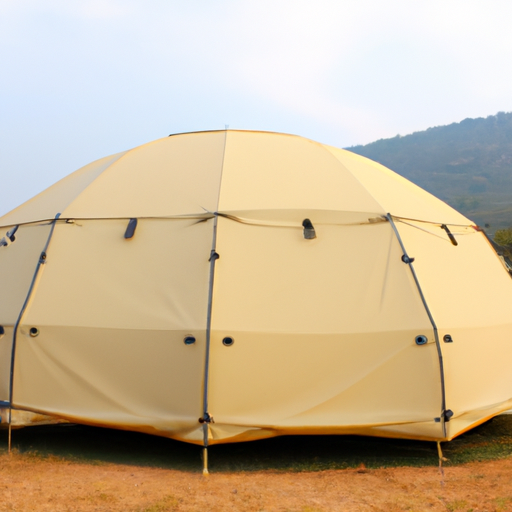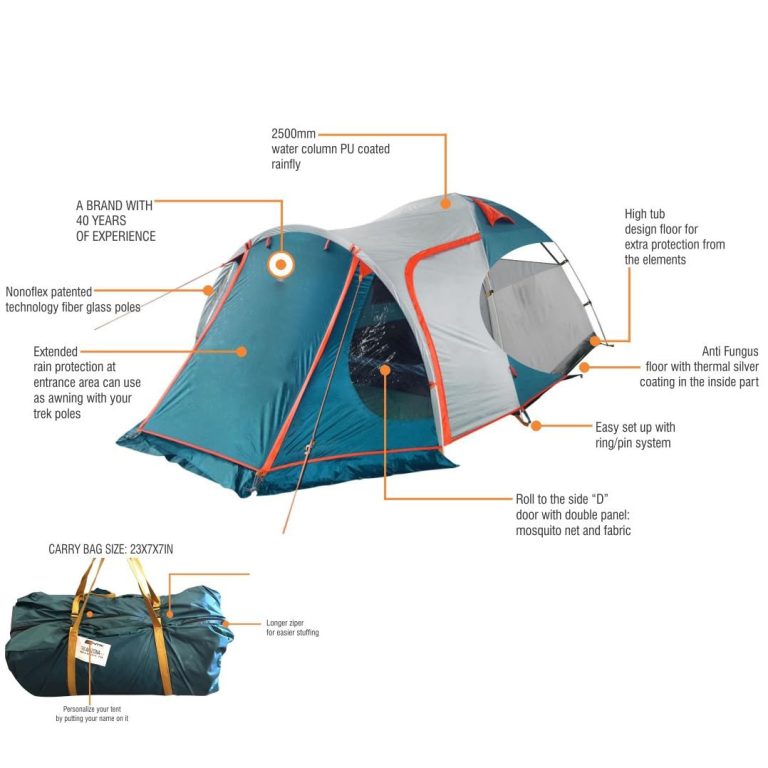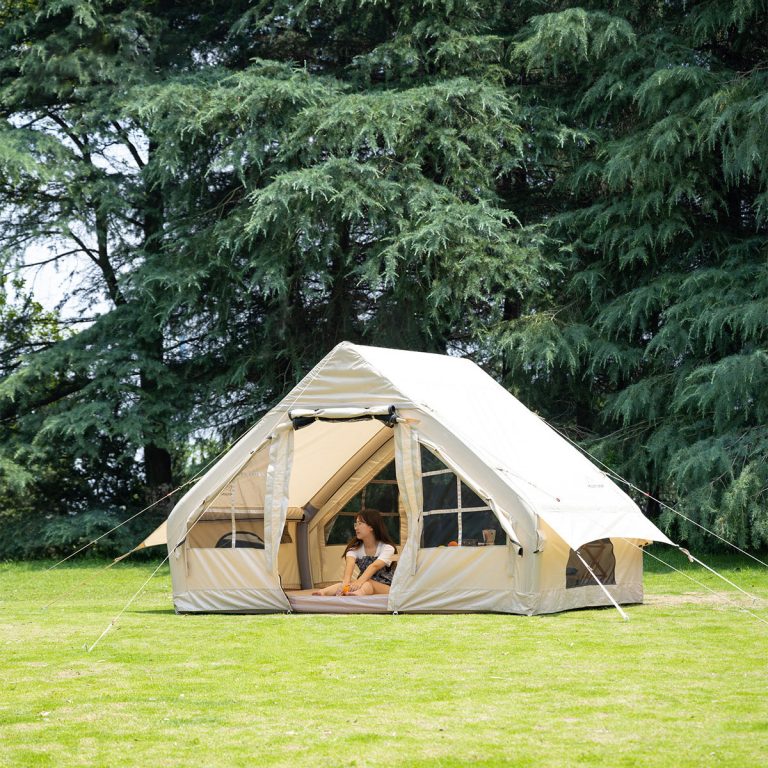Pros and Cons of dome tents vs. tunnel tents

When it comes to choosing a tent for your outdoor adventures, there are several factors to consider. One of the most important decisions you’ll need to make is whether to go for a dome tent or a tunnel tent. Both options have their own set of advantages and disadvantages, so it’s crucial to weigh them carefully before making a final decision. dome tents, as the name suggests, have a dome-like shape. They are typically freestanding, meaning they don’t require any additional support to stay upright. This makes them incredibly easy to set up, even for beginners. Additionally, dome tents are known for their stability in windy conditions. The curved design allows wind to flow smoothly over the tent, reducing the risk of it collapsing or being blown away. Another advantage of dome tents is their spaciousness. The sloping walls provide more headroom, allowing you to move around comfortably inside the tent. This is particularly beneficial if you’re planning a longer camping trip or have a larger group of people sharing the tent. dome tents also tend to have multiple entrances, which can be convenient for easy access and ventilation. However, dome tents do have a few drawbacks. One of the main concerns is their weight. Due to their sturdy construction and additional poles, dome tents can be heavier than tunnel tents. This can be a significant factor if you’re planning to carry your tent on a backpacking trip or need to transport it over long distances. Additionally, the curved walls of dome tents can limit the usable space, especially near the edges. This may result in a slightly smaller sleeping area compared to tunnel tents.
 Another advantage of tunnel tents is their versatility. Many models offer the option to add extra sections or extensions, allowing you to customize the size and layout of your tent. This can be particularly useful if you’re camping with a large group or need additional storage space. Additionally, tunnel tents often have a larger vestibule area, providing extra sheltered space outside the main sleeping area.
However, tunnel tents do have a few downsides. One of the main concerns is their stability in windy conditions. The elongated shape and parallel poles make tunnel tents more susceptible to wind, increasing the risk of collapse or damage. To mitigate this, it’s essential to properly stake and guy out the tent to ensure its stability. Additionally, setting up a tunnel tent can be more time-consuming and require more effort compared to dome tents.
In conclusion, both dome tents and tunnel tents have their own set of advantages and disadvantages. dome tents are easy to set up, stable in windy conditions, and offer more headroom. However, they can be heavier and have limited usable space near the edges. On the other hand, tunnel tents are lightweight, spacious, and customizable. However, they may require more effort to set up and can be less stable in windy conditions. Ultimately, the choice between dome tents and tunnel tents depends on your specific needs and preferences.
Another advantage of tunnel tents is their versatility. Many models offer the option to add extra sections or extensions, allowing you to customize the size and layout of your tent. This can be particularly useful if you’re camping with a large group or need additional storage space. Additionally, tunnel tents often have a larger vestibule area, providing extra sheltered space outside the main sleeping area.
However, tunnel tents do have a few downsides. One of the main concerns is their stability in windy conditions. The elongated shape and parallel poles make tunnel tents more susceptible to wind, increasing the risk of collapse or damage. To mitigate this, it’s essential to properly stake and guy out the tent to ensure its stability. Additionally, setting up a tunnel tent can be more time-consuming and require more effort compared to dome tents.
In conclusion, both dome tents and tunnel tents have their own set of advantages and disadvantages. dome tents are easy to set up, stable in windy conditions, and offer more headroom. However, they can be heavier and have limited usable space near the edges. On the other hand, tunnel tents are lightweight, spacious, and customizable. However, they may require more effort to set up and can be less stable in windy conditions. Ultimately, the choice between dome tents and tunnel tents depends on your specific needs and preferences.





